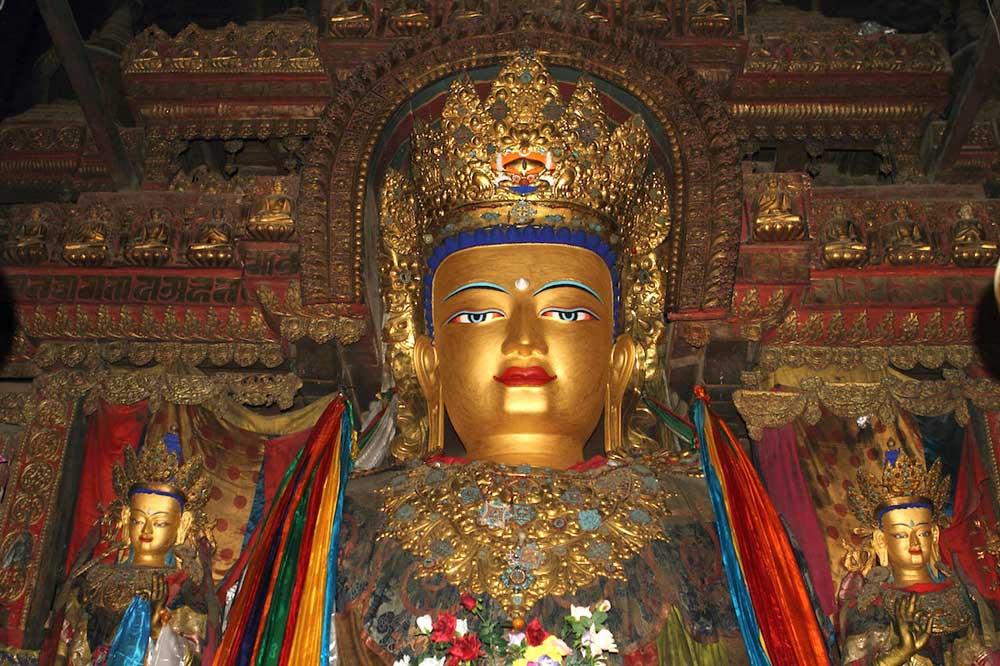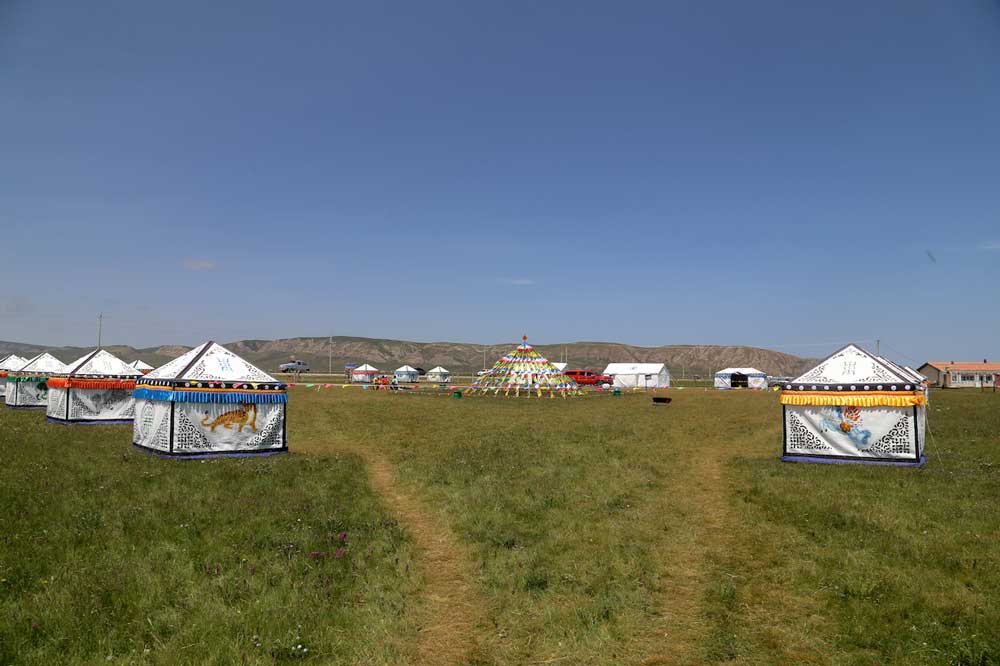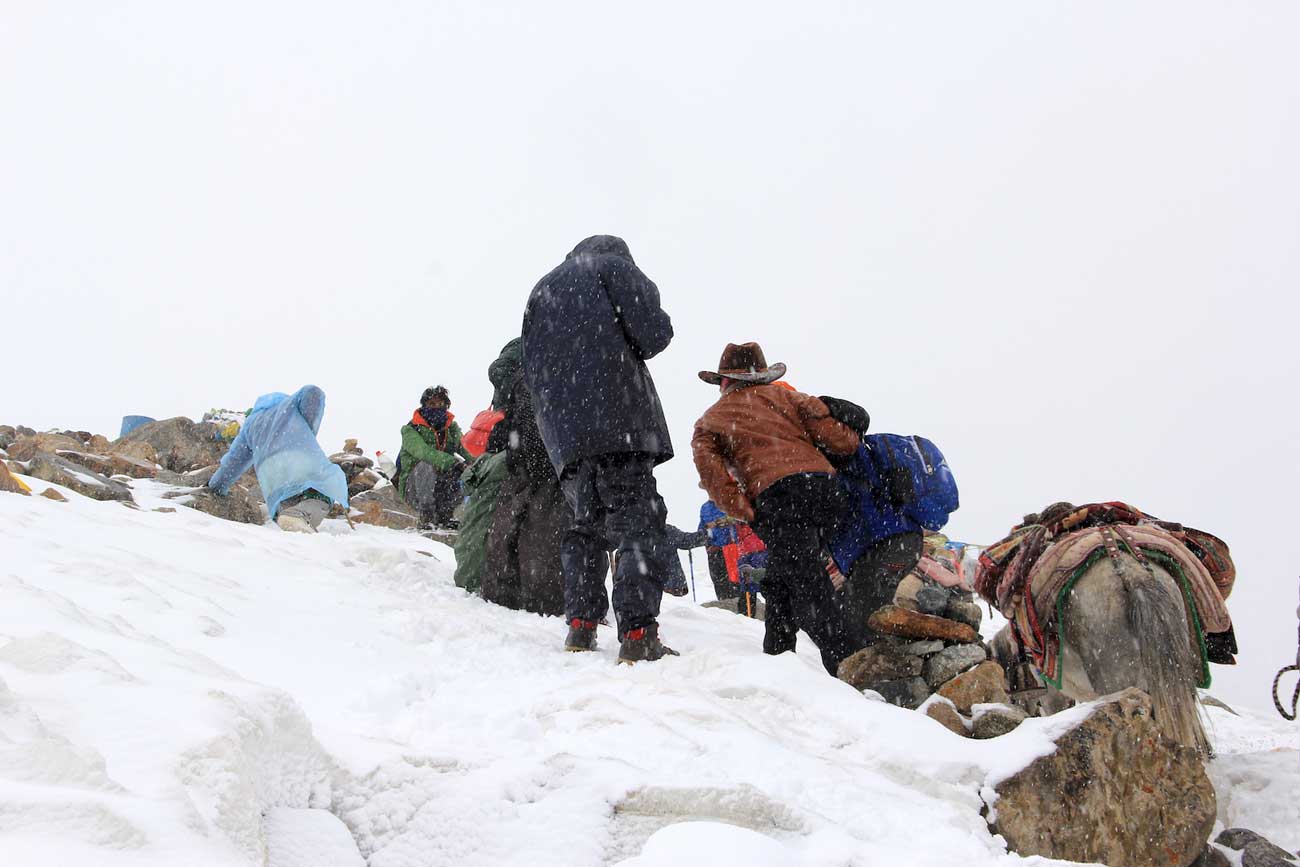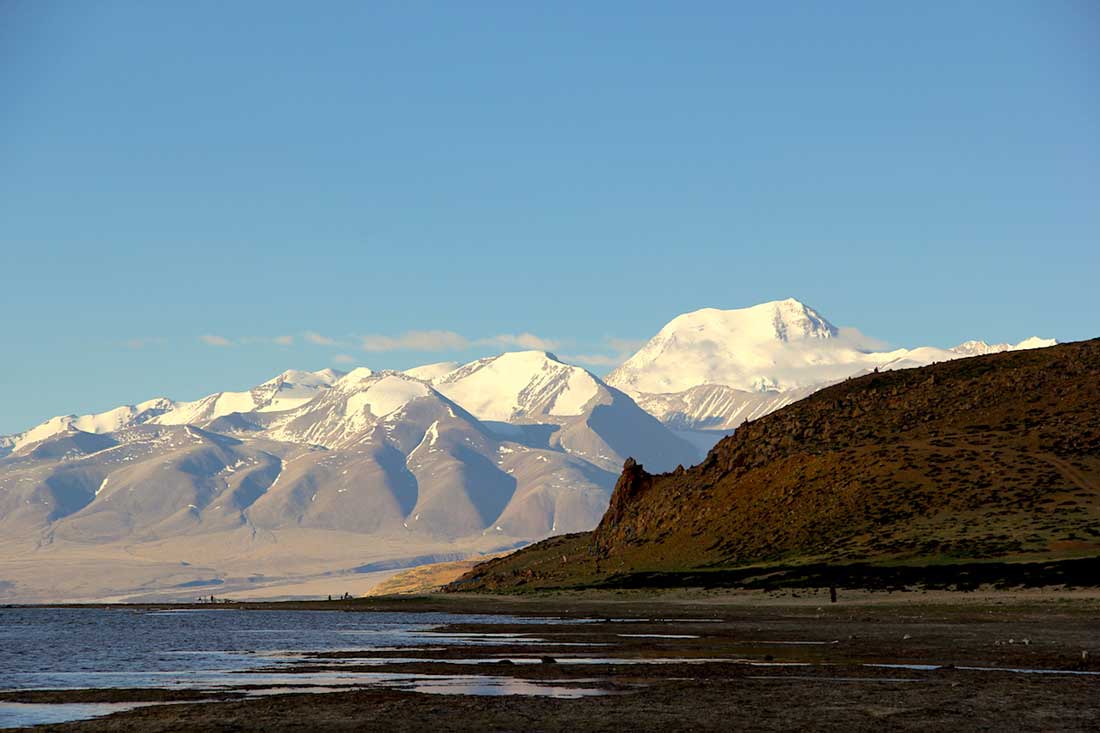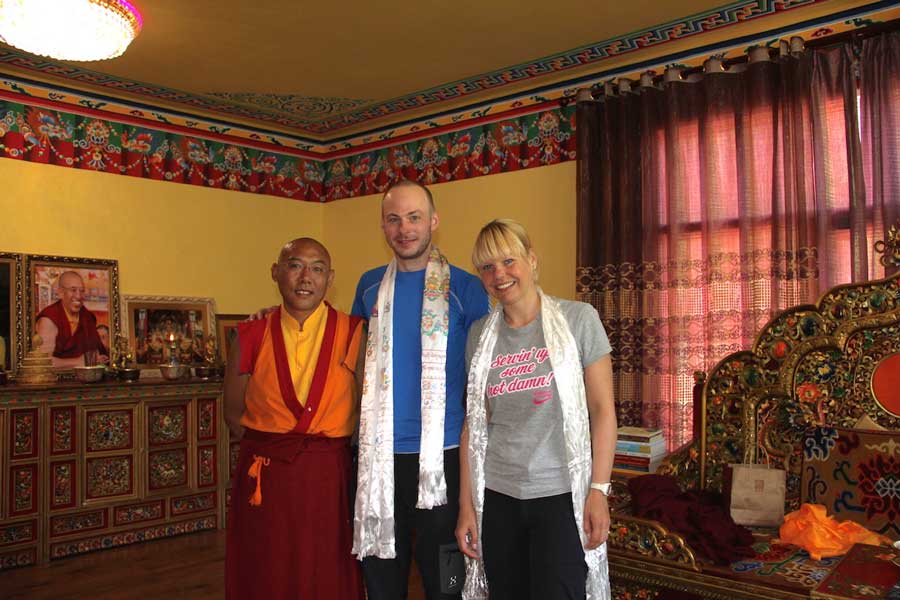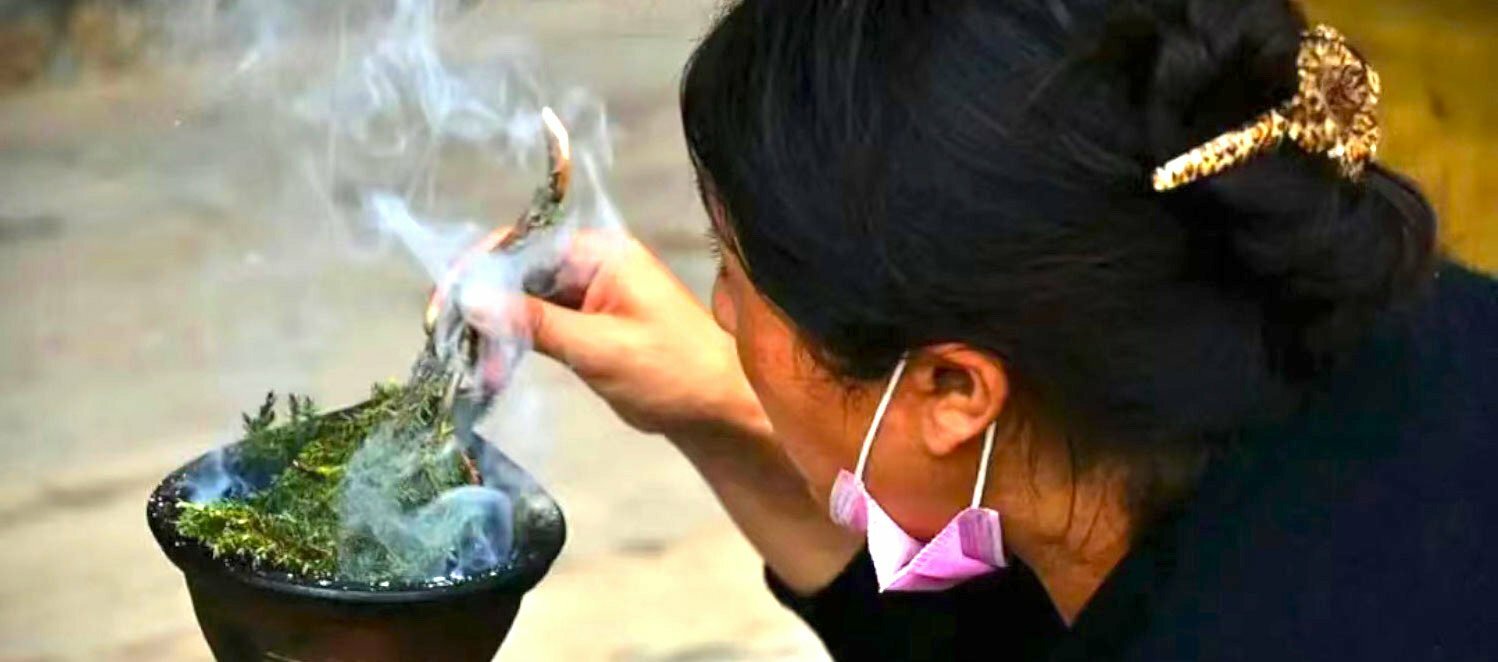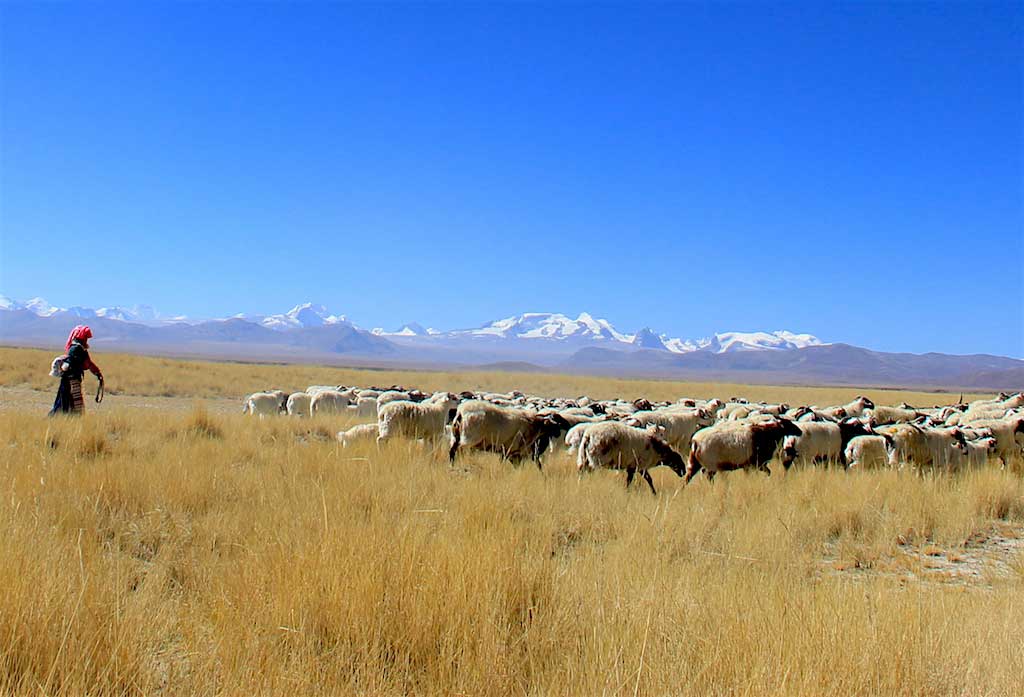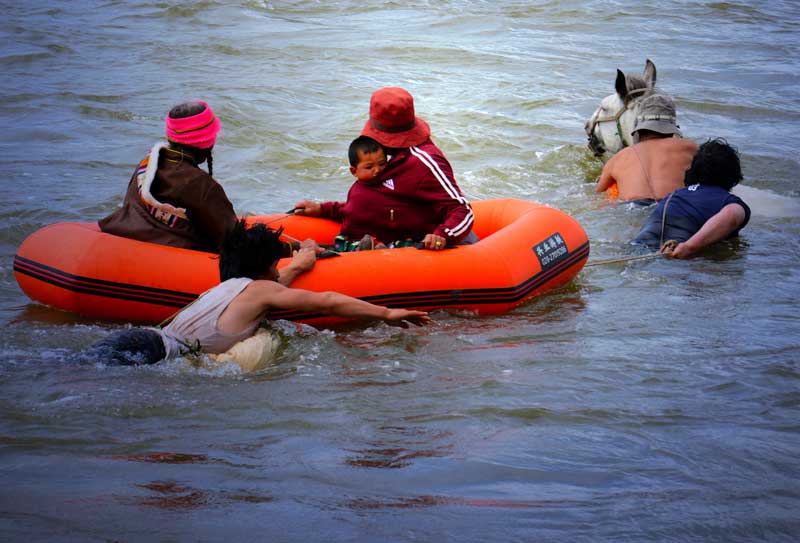Buddhism in Tibet has exist since the reign of the 28th Tibetan King, Lha Thotho Rinyan Tsan. The scriptures remained in Sanskrit until the 33rd King, Songtsan Gampo made propagated Buddhism in Tibet the former empire. Thonmi Sambhota, one of his famous ministers, travelled to India to study scripts and develop a writing system for the Tibetan language. With the advent of the new language began the important work of translating Buddhist scriptures into Tibetan.
King Songtsan Gampo is also famous for his 10 rules for religious service and 16 rules for public conduct. Later in eighth century, 38th King Trisong Detsen spread Buddhism even further and established it as the official religion of the state by encouraging the establishment of a monastic community. During his reign, he invited Buddhist scholars from across Asia to debate, teach, and practice in Tibet. He also supported the construction of numerous monasteries, and the translation of many key texts. Notably, it was during this time that the famous tantric, Padma Sambhawa arrived and established the Nyingma School. Samye monastery was the first Buddhist monastery constructed in Tibet in the 8th century.

The Early and Late Spread of Buddhism in Tibet
The early spread of Buddhism typically refers to a 400 year era spanning from the reign of 28th King Thotho Rinyantsan. During which the first Buddhist text was introduced to Tibet, to the last king Lang Darma, the last of King of the Yarlung Dynasty, and infamous persecutor of Buddhism. It was not until many years later that Palden Atisha was invited (around 1075) inspired a Buddhist renaissance in Tibet.
Five Schools of Buddhism in Tibet
Tibetan Buddhism has five schools: Gelug, Nyingma, Sakya, Kagyu and Jonang. These five schools are largely the same, holding minor differences in terminology, vows, opening dedications of texts to different deities, and principal teachers.
- Nyingma: Guru Padmasambhawa founded the Nyingma doctrine in the eighth, making Nyingma the oldest of all Tibetan sects of Buddhism. The Nyingma order can be classified into nine Yanas, much like degrees. The highest Yana is Zogchen.
- Gelug: Focuse on logic and debate, Gelug doctrine was founded in the 14th century by Tsongkhapa. Ganden Tripa is regarding the spiritual center of the Yellow hat sect.
- Kagyu: Kagyu contains one major and one minor sub-sect which follow the teachings of Milarepa. The doctoring of these two sub-sects is later classified into many further sub-sects, including Dagpo Kagyu, which hold roots in the teachings of Indian masters such as Naropa via Marpa, Milarepa, and Gampopa. The major sub-sects are: Karma Kagyu headed by Karmapa, Tsalpa Kagyu, Barom Kagyu, and Phaktru Kagyu. There are also minor sub-sects branches from Phaktru Kagyu. Among the minor sub-sects, the most notable lineages are the Drigong and Drukpa Kagyus.
- Sakya: A scholarly tradition founded by Konchok Gyalpo and carried on today by the likes of Sakya Trizin, Sakya Pandita, and Sakya Kunga Nyingpo.
- Jonang: Jonang is a minor sect of Sakyas and was banned in 1650 for opposing the government. Today, many high lamas of all doctrines encouraging the growth of this sect.
Thank you for reading this bog post on Adventures In Tibet. We will post more informative articles related to Buddhism in Tibet.

